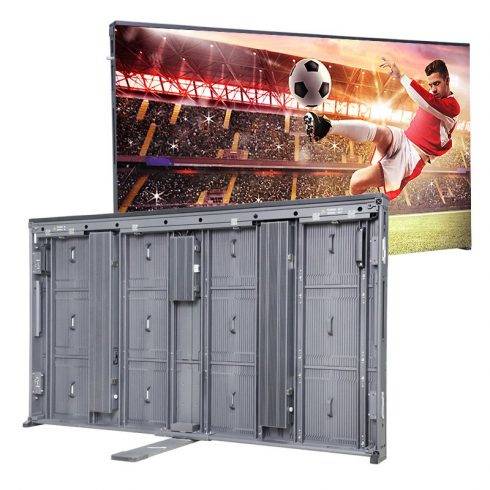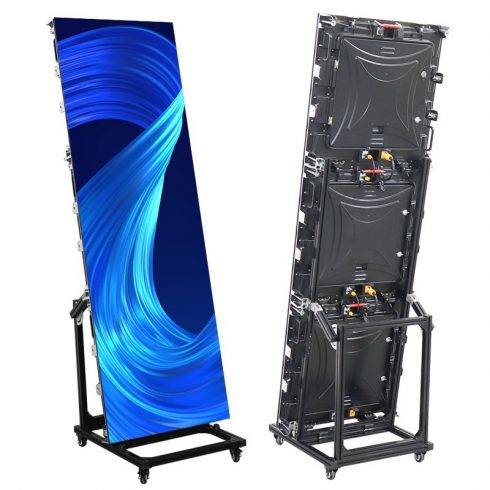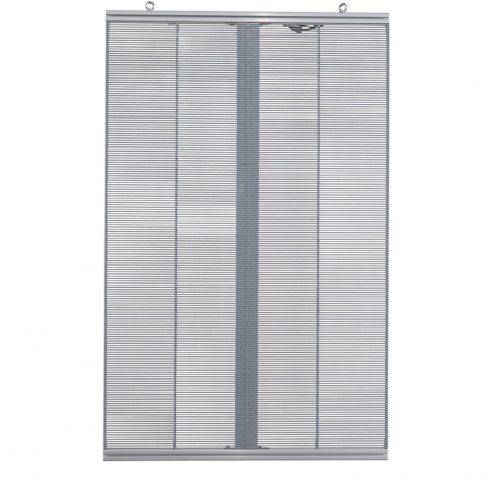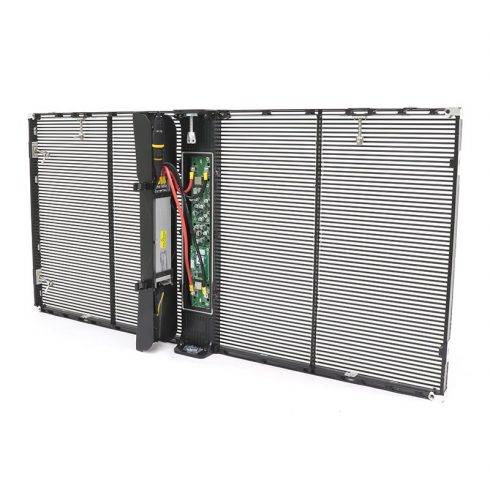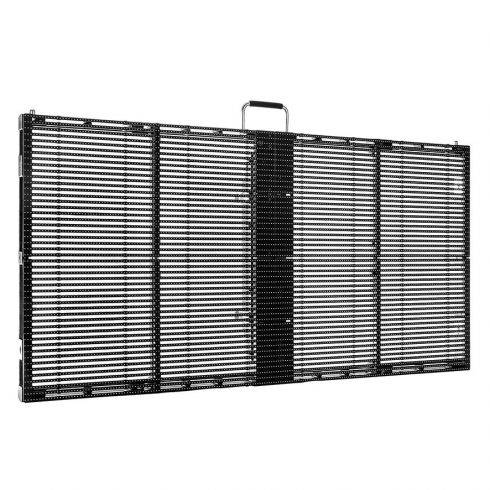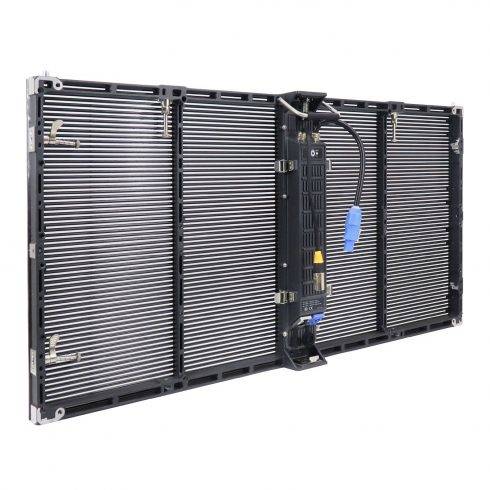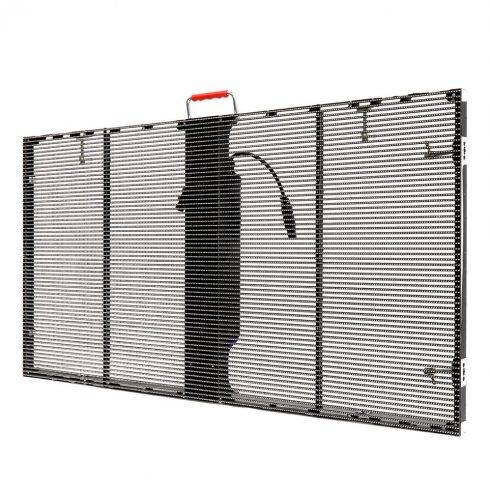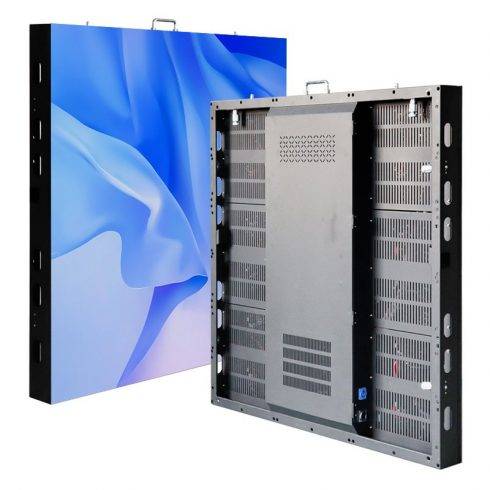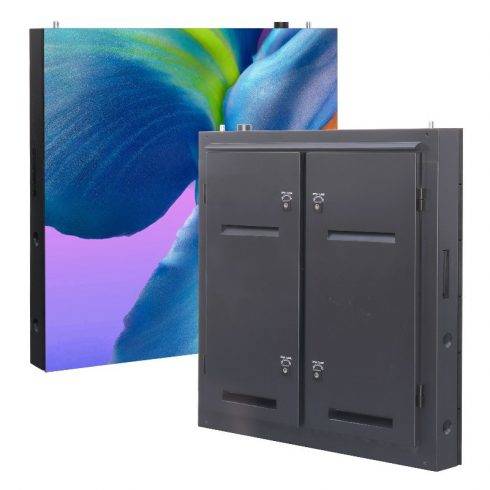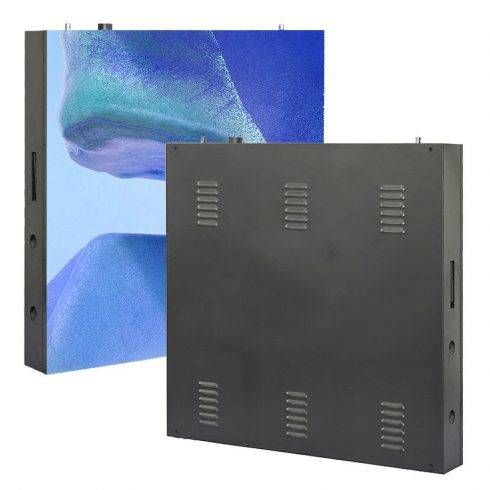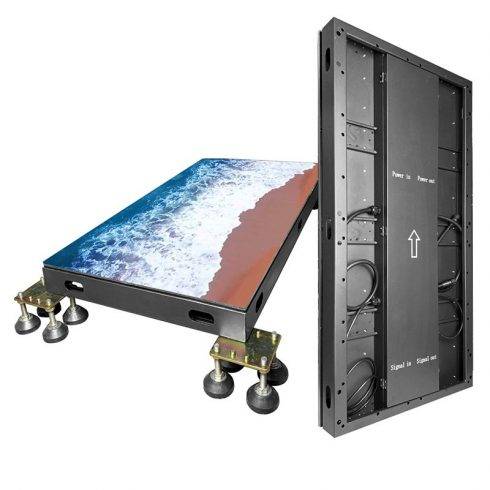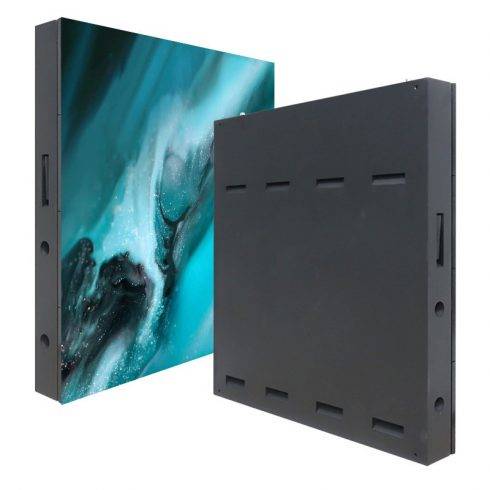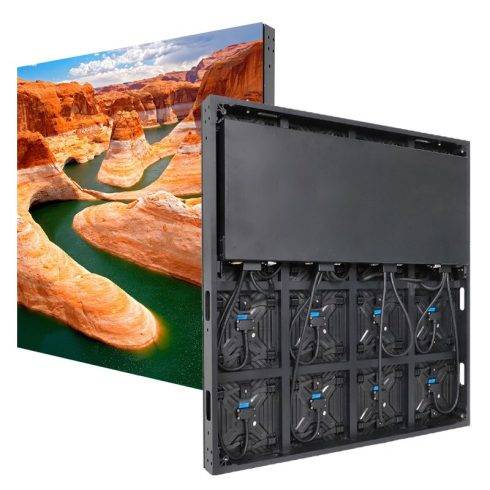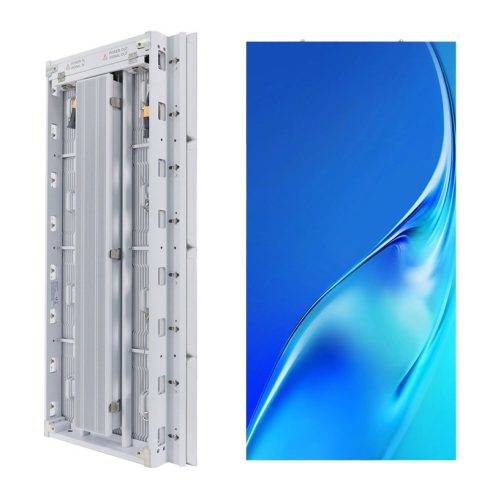The aging test, also known as the burn-in test, is a crucial quality control process in the manufacturing and quality assurance of LED screens. This test ensures the reliability, performance, and longevity of LED screens by exposing them to extended periods of operation under controlled conditions. Here’s an in-depth explanation of why LED screens need the aging test, detailing its importance, process, and benefits.
Importance of Aging Tests for LED Screens
- Reliability Verification:
- Early Failure Detection: The aging test helps identify early failures and defects in LED screens. Components that are prone to fail often do so within the initial hours of operation. Detecting these failures early ensures that only reliable units reach the market.
- Long-Term Performance: By simulating long-term usage, manufacturers can verify the durability and robustness of LED screens, ensuring they can withstand continuous use without significant performance degradation.
- Quality Assurance:
- Consistency: The aging test ensures that all LED screens produced meet a consistent standard of quality. This uniformity is crucial for maintaining brand reputation and customer satisfaction.
- Specification Compliance: It verifies that the LED screens conform to specified performance metrics, such as brightness, color accuracy, and response time.
- Reduction of Warranty Costs:
- Minimizing Returns: By identifying and rectifying potential issues before the screens reach consumers, manufacturers can reduce the number of returns and warranty claims, thereby saving costs associated with repairs and replacements.
- Customer Satisfaction:
- Enhanced User Experience: Aging tests ensure that customers receive high-quality, reliable products, enhancing their overall experience and satisfaction.
- Brand Loyalty: Reliable products foster trust and loyalty, encouraging repeat business and positive word-of-mouth.
The Aging Test Process
The aging test process typically involves several stages, each designed to stress different aspects of the LED screen’s performance and reliability:
- Initial Power-On:
- Power Cycling: Screens are powered on and off repeatedly to check for initial operational failures. This phase helps identify issues related to power supply, connections, and other critical components.
- Extended Operation:
- Continuous Running: LED screens are run continuously for an extended period, often 48 to 72 hours. This phase is crucial for detecting early-life failures and ensuring the screens can handle prolonged usage without problems.
- Heat Management: The test also monitors the screen’s ability to manage heat. Overheating can lead to component degradation and failure, so efficient heat dissipation is critical.
- Environmental Stress Testing:
- Temperature Variations: Screens are subjected to varying temperatures to simulate different environmental conditions. This helps ensure the screens can operate reliably in diverse climates.
- Humidity and Vibration: Additional tests may include exposure to humidity and vibrations to assess the durability of the screens in different physical environments.
- Performance Metrics Monitoring:
- Brightness and Color Consistency: Throughout the aging test, the brightness and color consistency of the screens are monitored to detect any deviations or degradation.
- Response Time and Uniformity: The screens are tested for response time and uniformity in displaying images to ensure consistent performance.
Benefits of the Aging Test
- Enhanced Product Quality:
- Defect Identification: The aging test helps identify and eliminate defective units, ensuring that only high-quality products are delivered to customers.
- Performance Stability: It ensures that LED screens maintain their performance metrics over time, providing a stable and reliable user experience.
- Increased Customer Satisfaction:
- Reliable Products: Customers receive products that are less likely to fail, enhancing their satisfaction and trust in the brand.
- Positive Reviews: High-quality, reliable products lead to positive customer reviews and recommendations, boosting the brand’s reputation.
- Cost Savings:
- Reduced Returns: Fewer defective products mean fewer returns and lower costs associated with repairs and replacements.
- Lower Warranty Costs: By ensuring product reliability, manufacturers can reduce the costs associated with warranty claims.
- Improved Brand Reputation:
- Trust and Loyalty: Consistently delivering reliable products builds trust and loyalty among customers, strengthening the brand’s market position.
- Competitive Advantage: High product quality can provide a competitive advantage in a crowded market, helping to attract and retain customers.
Conclusion
The aging test is a vital step in the production and quality assurance process for LED screens. It plays a critical role in ensuring the reliability, performance, and longevity of these devices. By subjecting LED screens to rigorous testing under controlled conditions, manufacturers can identify early failures, ensure compliance with performance specifications, and deliver high-quality products that meet customer expectations.
This process not only enhances customer satisfaction and brand reputation but also reduces costs associated with returns, repairs, and warranty claims. In a competitive market, the aging test is an indispensable tool for maintaining high standards of product quality and reliability, ultimately contributing to the success and sustainability of the brand.







